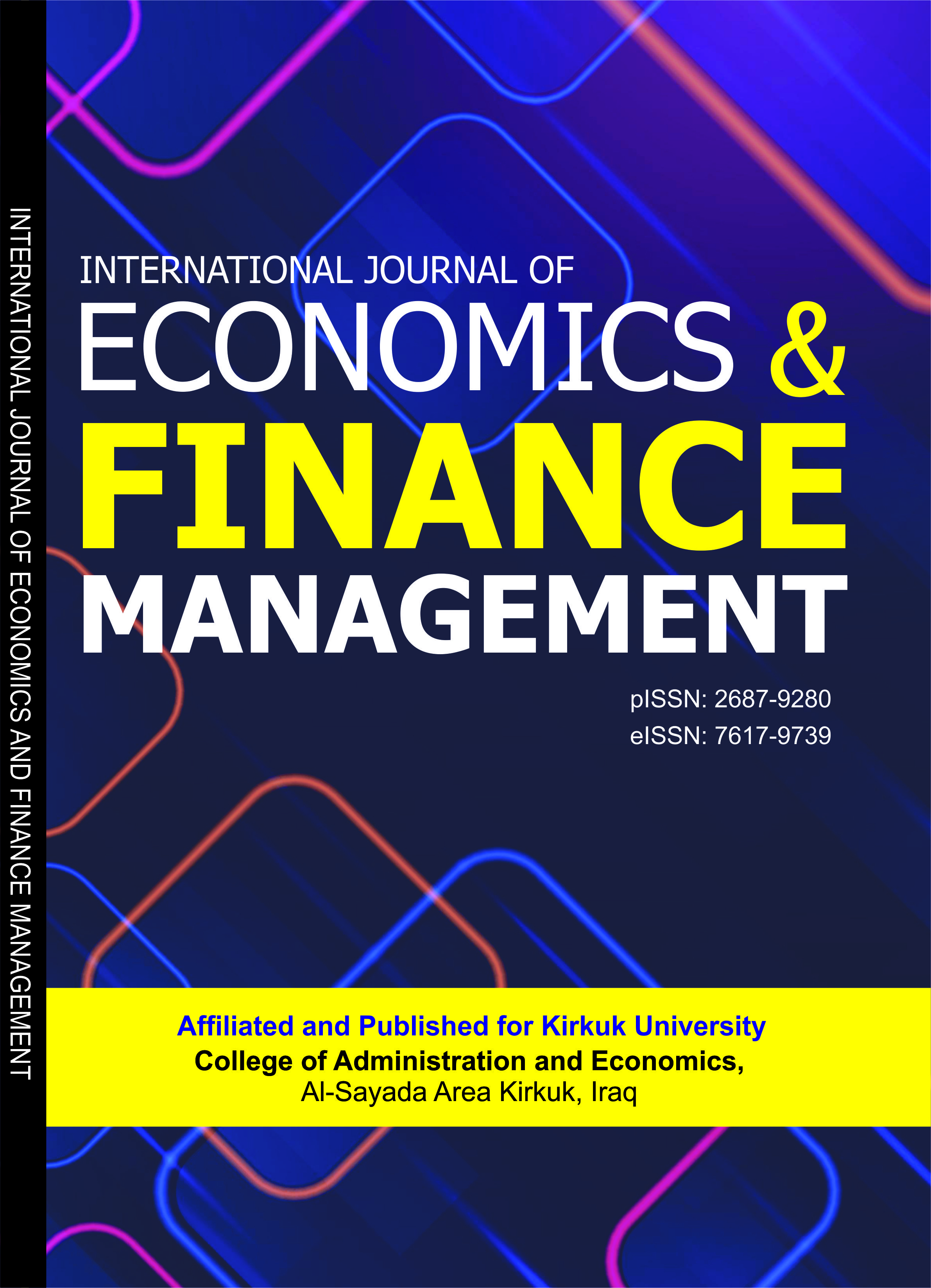INTERNATIONAL JOURNAL OF ECONOMICS AND FINANCE MANAGEMENT (IJEFM)
Value Added Intellectual Coefficient and its Elements Influence on the Economic Growth and Development of Iranian Food Industries
E-ISSN: 4556-2236
P-ISSN: 5433-437X
DOI: https://iigdpublishers.com/article/772
This quantitative study seeks to obtain empirical evidence on the relationship between the value added intellectual coefficient and its elements of companies with their economic development. Toward that aim, the data was extracted from a panel consisting of 48 Iranian food industrial companies listed in the Tehran Stock Exchange (during 2010 to 2019). In this article, as independent variables were used value added intellectual coefficient (VAICTM), and its elements effect on the economic development was measured using operating income divided by total sales (OI/S), as an indicator of economic development has been studied. The method of multiple regressions has been used to predict the impact of these variables. The findings show that companies’ value added intellectual coefficient and its two of elements include capital employed and human capital efficiency, as a strong factor in their economic performance forecasts, has a direct and significant influence on their economic development. But there is a non-significant relationship between structural capital efficiency as third elements and dependent variable.
Eskandar Jafari
Chen J, Zhu Z & Xie HY. (2004). Measuring intellectual capital: a new model and empirical study. Journal of Intellectual Capital 5(1): 195– 212.
Choong, K. K. (2008). Intellectual capital: definitions, categorization and reporting models. Journal of Intellectual Capital, 9(4), 609-638
Davenport, T.H. & Prusak, L. (1998). Working Knowledge: How Organizations Manage What They Know, Harvard Business School Press, Boston, MA.
Dı´ez, J.M. Ochoa, M.L. Prieto, M.B. & Santidrian, A. (2010), " Intellectual capital and value creation in Spanish firms", Journal of Intellectual Capital Vol. 11 No. 3, pp. 348-367.
Firer, S. & Stainbank, L. (2003), “Testing the relationship between intellectual capital and a company’s performance: evidence from South Africa”, Meditari Accountancy Research, Vol. 11, pp. 25-44.
